As part of its efforts to demonstrate transparency about its work, in late November NNSA welcomed 13 non-governmental experts on arms control and nonproliferation to its Nevada facilities, including parts of the Nevada National Security Site.
National Nuclear Security Administration
December 1, 2023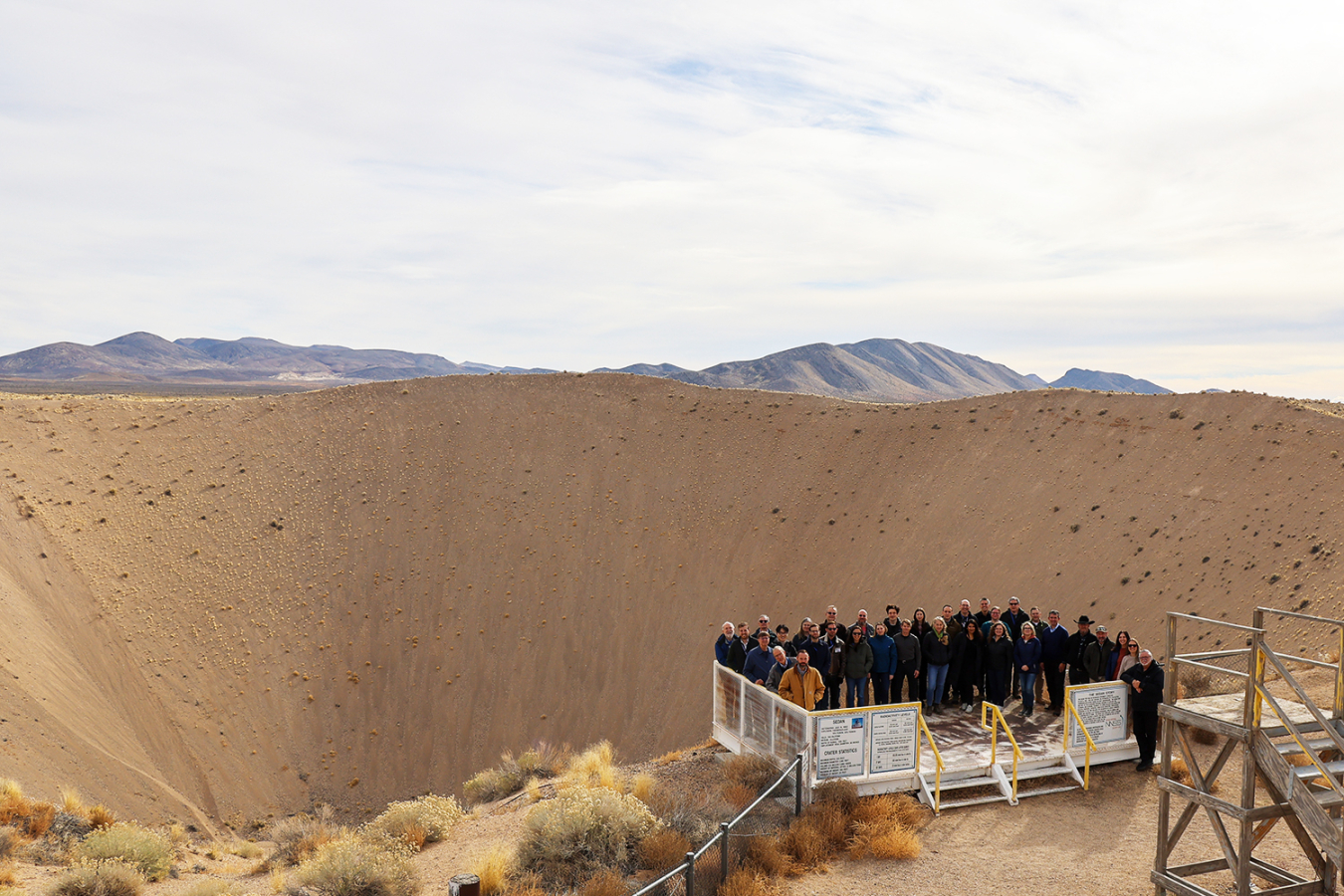
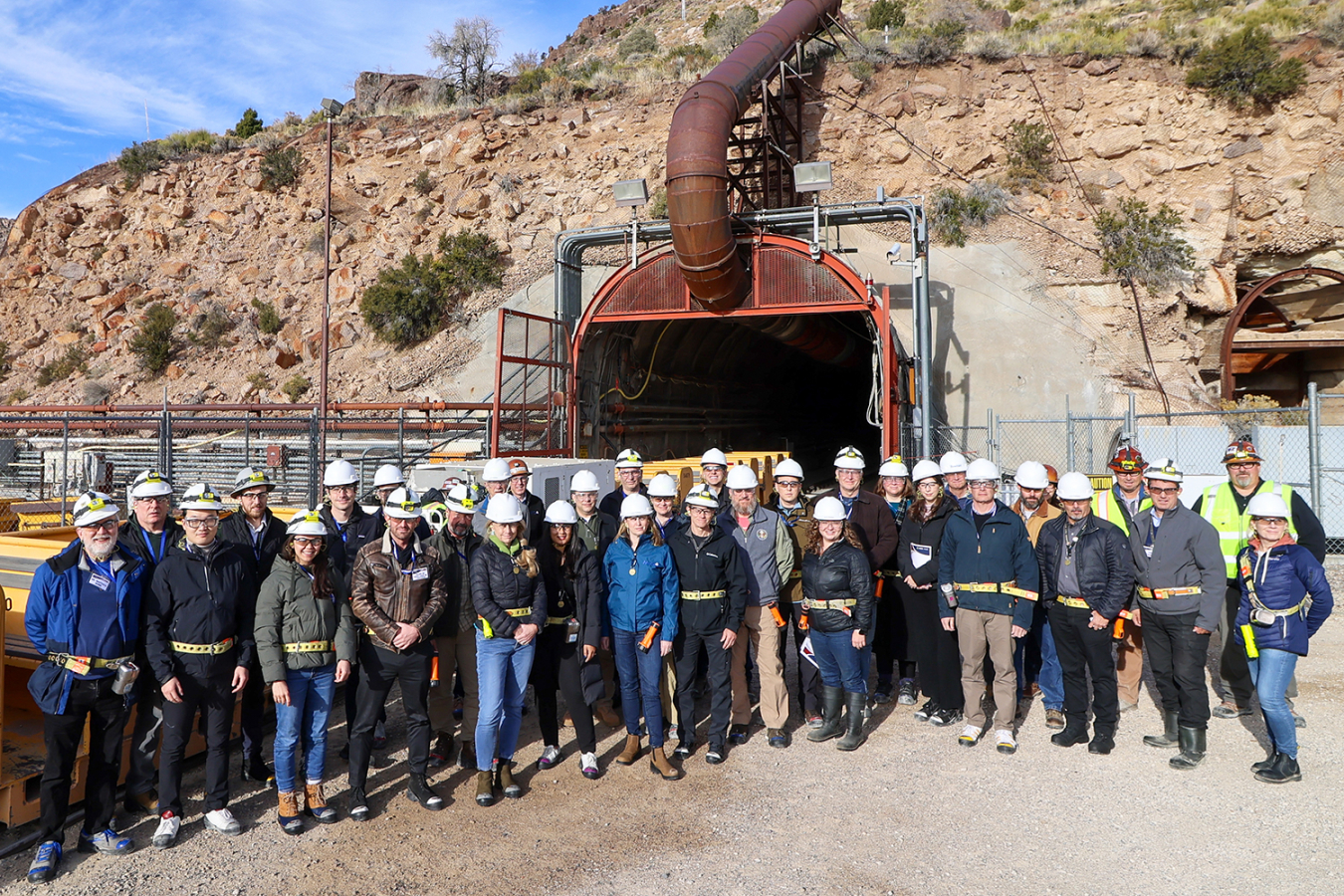
WASHINGTON — As part of its efforts to demonstrate transparency about its work, in late November the U.S. Department of Energy’s National Nuclear Security Administration (NNSA) welcomed 13 non-governmental experts on arms control and nonproliferation to its Nevada facilities, including parts of the Nevada National Security Site (NNSS) outside Las Vegas.
NNSS hosts a variety of nonproliferation projects, in large part focused on the ability to detect low-yield nuclear explosions around the world. The visitors saw P Tunnel, the site of an October 2023 nonproliferation experiment using chemical, non-nuclear explosives and radiotracers, as well as other sites supporting nonproliferation efforts.
The visitors also saw locations involved with the Stockpile Stewardship Program, which the United States started in 1992 when it ended nuclear explosive testing. Due to the program’s success in Nevada and at NNSA’s national laboratories, the United States has no identified technical need to conduct additional nuclear explosive tests, and no plans to do so. Instead of nuclear explosive testing, the program relies on specialized facilities, supercomputers, subcritical experiments, and technical experts to ensure the safety, security, reliability, and effectiveness of the U.S. nuclear stockpile.
“We are pleased to host these arms control and nonproliferation experts and provide them with detailed information about the activities conducted at the Nevada National Security Site,” said NNSA Deputy Administrator for Defense Nuclear Nonproliferation Corey Hinderstein, who co-hosted the experts on the visit. “We have transformed the former Nevada Test Site. No longer a venue for nuclear explosive testing, it has been reborn as a home for world-class experimentation and training, and a pillar of our nonproliferation activities.”
Hinderstein’s co-hosts for the transparency visit were NNSA Deputy Administrator for Defense Programs Marvin Adams, Nevada Field Office Manager David Bowman, and Garrett Harencak, President of Mission Support and Test Services, which manages and operates NNSS.
“This is an important time for Stockpile Stewardship at NNSS,” Deputy Administrator Adams said. “Ongoing enhancements to the monitoring instruments for our subcritical experiments help us better understand the behavior of plutonium under various conditions and help us continue the U.S. nuclear explosive testing moratorium. NNSA is pleased to host this group of experts as part of our long-standing commitment to openness.”
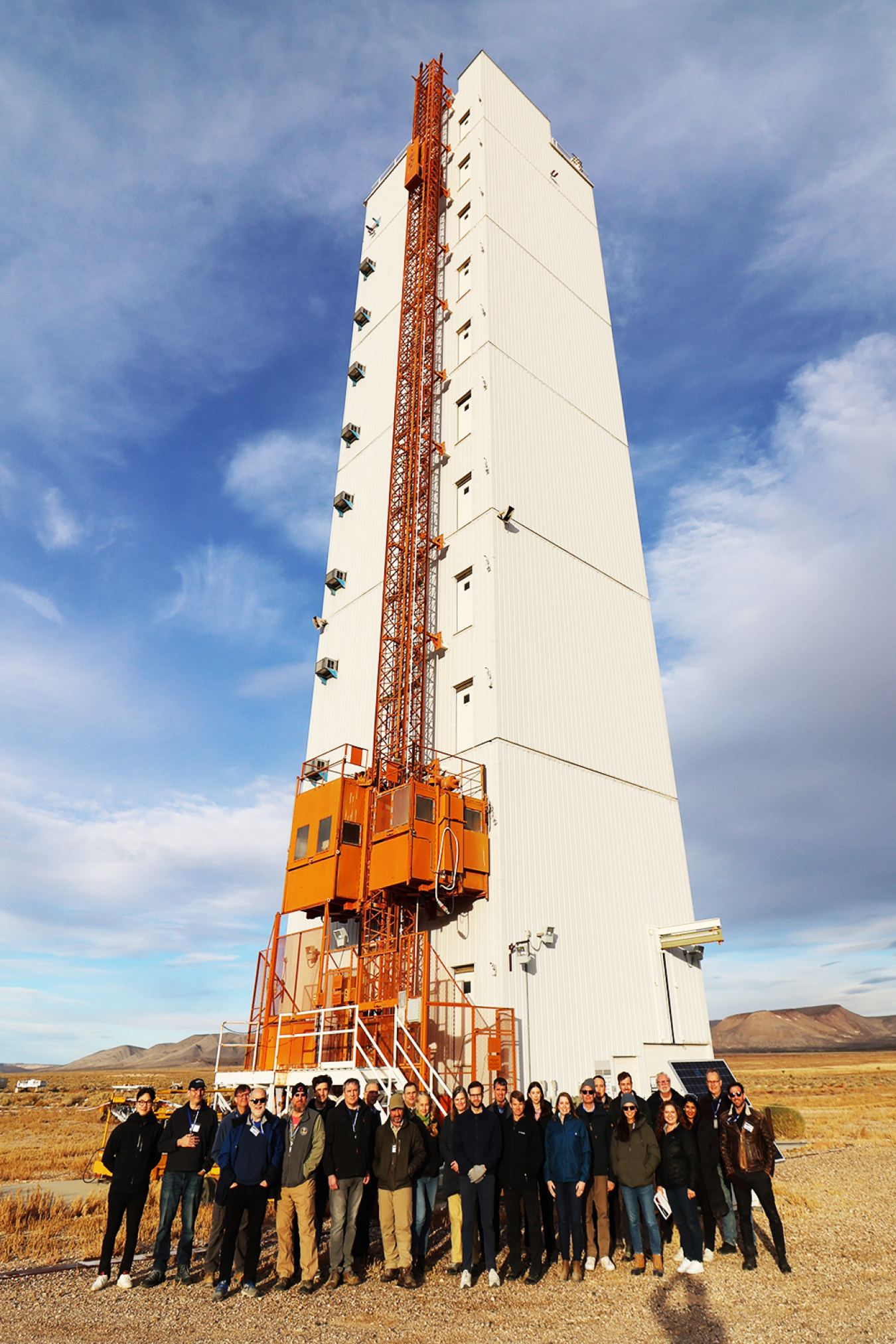
Before visiting the site, NNSA hosted discussions related to NNSA operations, specifically Stockpile Stewardship and nonproliferation projects, along with U.S. support for the Preparatory Commission for the Comprehensive Nuclear-Test-Ban Treaty Organization (CTBTO PrepCom). The United States has a long history of transparency, as the NNSA Administrator highlighted in her June 2023 keynote remarks at the CTBT Science and Technology 2023 Conference.
At NNSS, the experts were immersed in the history of U.S. nuclear explosive testing and shown sites where atmospheric and underground nuclear explosions took place. They also visited the Principal Underground Laboratory for Subcritical Experimentation (PULSE, formerly known as the U1a Complex), site of U.S. subcritical experiments, a key effort to maintain the safety, security, and effectiveness of the stockpile without nuclear explosive testing.
Some also visited the Atomic Museum in Las Vegas, which preserves and fosters public accessibility to the history associated with the former Nevada Test Site and the nation’s nuclear weapons program.
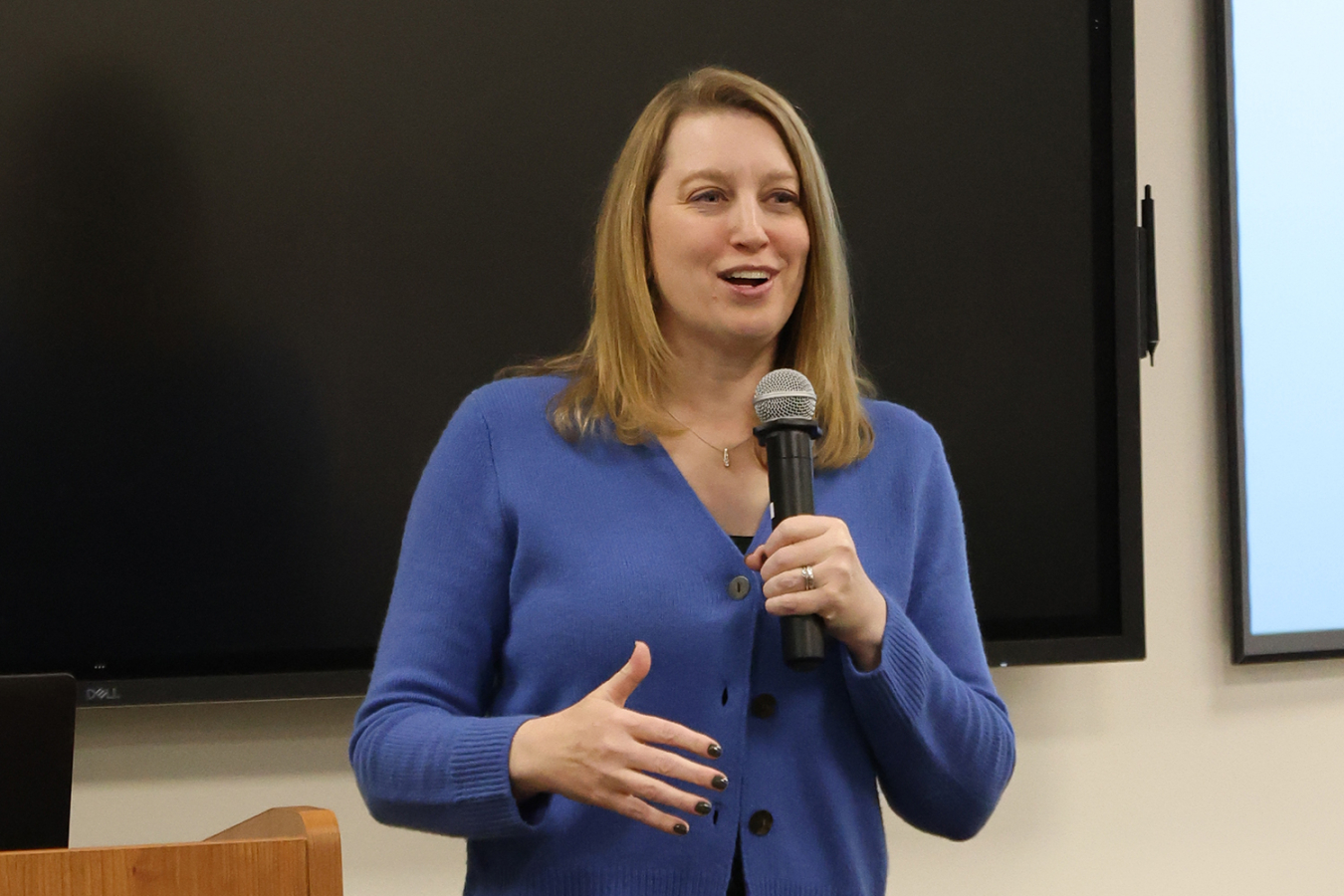
The transparency visit included representatives from the Arms Control Association, Carnegie Endowment for International Peace, Center for Arms Control and Non-Proliferation, Center for Strategic & International Studies, Federation of American Scientists, Harvard Kennedy School, Middlebury Institute of International Studies, National Academy of Sciences, Nuclear Threat Initiative, Open Nuclear Network, and Ploughshares Fund.
It followed a similar April 2023 transparency visit to NNSS by CTBTO PrepCom Executive Secretary Dr. Robert Floyd.
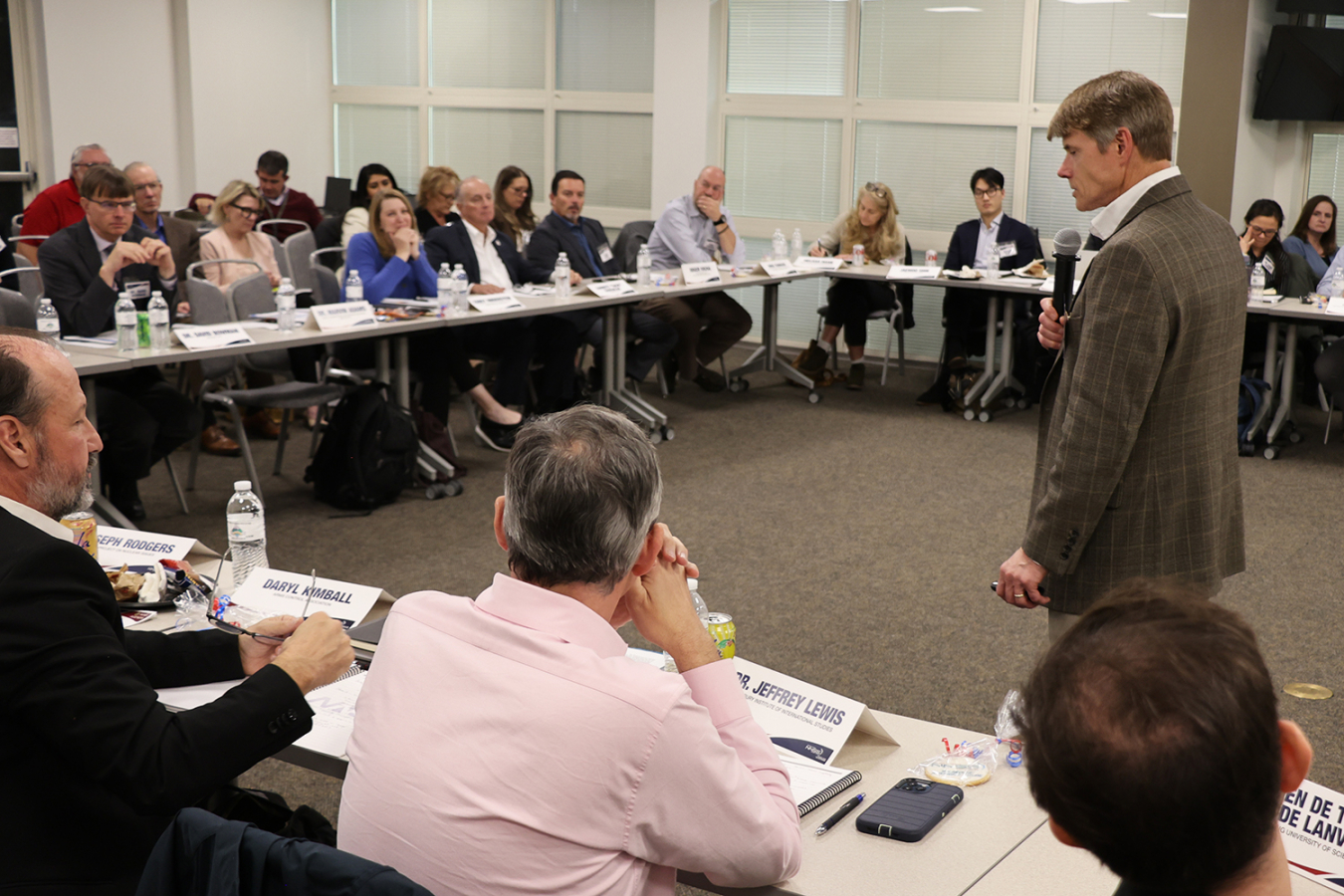
We have transformed the former Nevada Test Site. No longer a venue for nuclear explosive testing, it has been reborn as a home for world-class experimentation and training, and a pillar of our nonproliferation activities.

